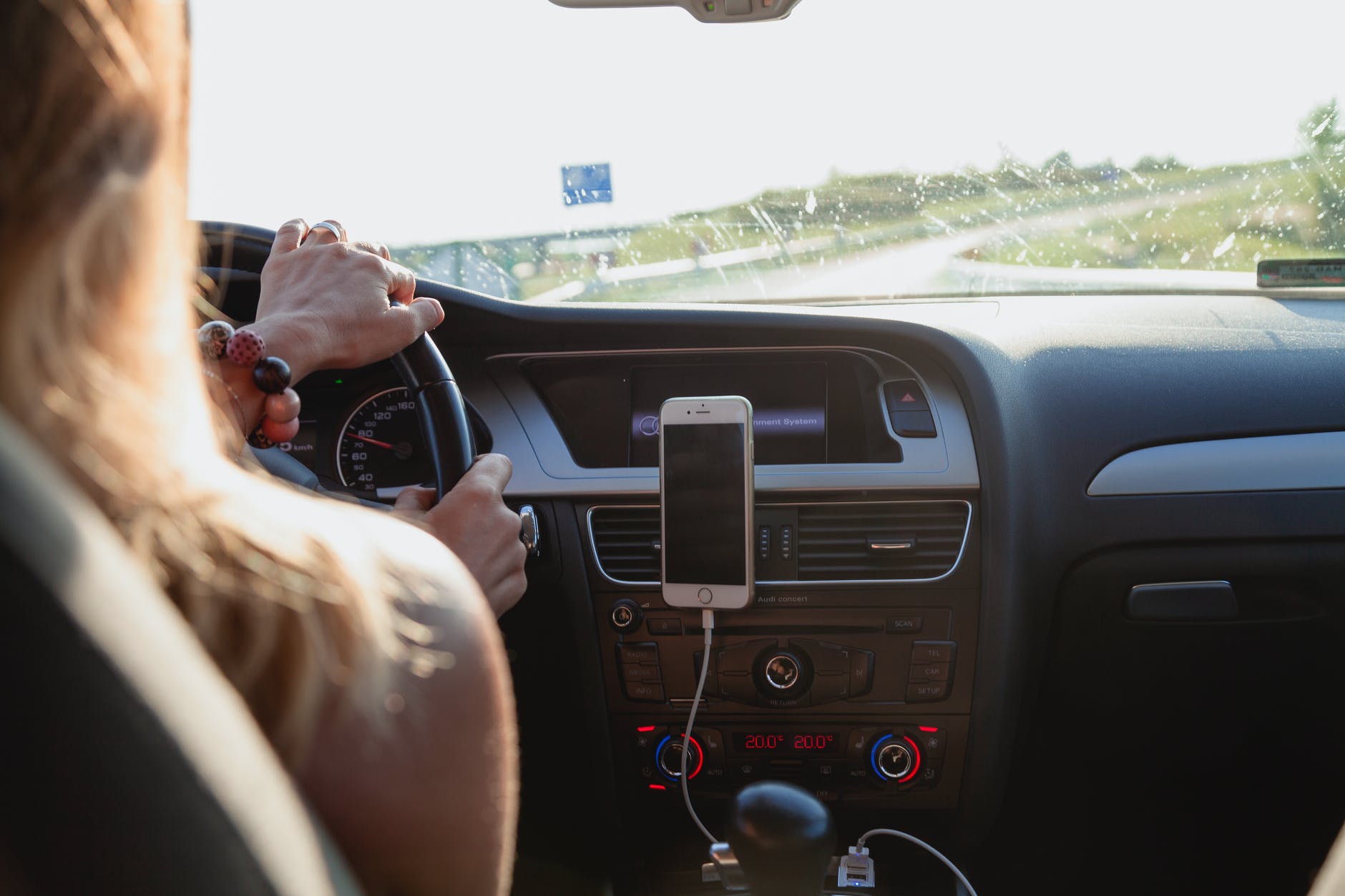Workers fight for the bare minimum, drivers get a settlement, and the truth behind tipping. LegalRideshare breaks it down.
Money – the Good (more), the Bad (not enough), and the Ugly Truth (about tipping). It’s all here in This Week in Rideshare.
GIG WORKERS & MINIMUM WAGE
A new study shows that most gig workers don’t even make minimum wage. Nerd Wallet reported:
Nearly a third of gig workers (29%) reported earning less than the minimum wage in their state, according to a June 2022 report by the Economic Policy Institute.
In New York City, where the minimum wage is $15 per hour, app-based delivery drivers earn an average of $11.12 per hour after deducting expenses, according to a November 2022 study by the New York City Department of Consumer and Worker Protection.
In Chicago, Uber and Lyft drivers earned $12.72 per hour after expenses in 2021, according to a study by the Illinois Economic Policy Institute and the University of Illinois at Urbana-Champaign. In 2023, the city’s minimum wage is $15.80 per hour for employers with 21 or more workers.
New York City enacted the first minimum wage for rideshare drivers. The city’s Taxi and Limousine Commission established a per-trip payment formula to ensure drivers earn an hourly rate that equates to the city’s $15-per-hour minimum wage. Based on a typical ride, drivers could expect to earn $17.22 per hour after expenses.
DRIVERS WIN $328M SETTLEMENT
After claiming wage theft, some drivers receive a payout. Essence adds:
… that’s what the New York Attorney General’s office formally accused Uber and Lyft of last year based on many wage theft complaints from drivers with the companies. Their outcries ultimately led to a historic $328M class action lawsuit settlement win that will pay the drivers what they’re reportedly owed.
The attorney general’s office had taken action against Uber and Lyft, accusing the companies of charging sales taxes and black car fund fee to avoid paying drivers their fair wages they’d earned, per a report from NY 1 Spectrum News.
The outlet also pointed out that passengers recognize that Uber’s policies have more built-in provision for customers and not nearly enough for drivers.
THE TRUTH BEHIND TIPPING

Tipping doesn’t mean better pay for drivers. View From The Wing explains:
When Travis Kalanick left Uber, and Expedia’s CEO took over, one of the first moves was to introduce tipping of drivers. Kalanick had opposed tipping because he wanted the experience to be seamless — no extra clicks or decisions, just get out of the car.
People generally applauded the change as being good for drivers, because they do not understand how tipping works. It doesn’t mean higher pay.
That’s exactly what’s happened at Uber. They introduced tipping, and Uber pays their drivers less. They can get enough drivers on the road precisely because drivers expect that while Uber doesn’t pay as much, the customer might make it up with a tip.
What’s happening, though, is that Uber is paying drivers less and people are tipping less than drivers have expected. That’s reduced driver pay, which encourages better drivers with other opportunities to leave the platform. They’re replaced by different drivers, and often less expensive, older, and less well-maintained vehicles. It’s one reason that the overall Uber experience has gotten so much worse.
However what’s really interesting is data that sheds light on driver pay and tipping behavior. They found that Uber drivers made 17.1% less in 2023 than the year before.
51% of food and grocery driver income comes from tips. This figure is just 10% for rideshare drivers, in part because expected tipping isn’t happening — only 28.3% of rides earn tips (compared to 88.5% of grocery deliveries and 74.5% of food orders).


Join the conversation!